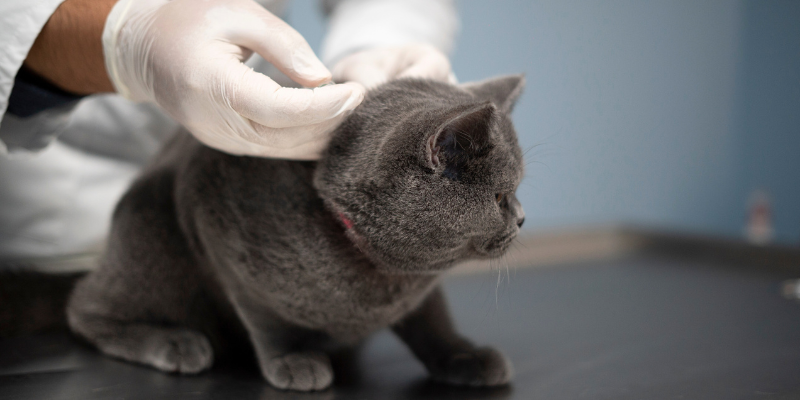Trigger warning: this blog post discusses terminal illness in a pet.
Frankie was a beautiful 11-year-old greyhound, who loved nothing better than being with his family. Wherever the family was, Frankie was too: watching with interest and with a wagging tail, doing a few zoomies, or lying down comfortably “pancake style”.
One day as Frankie was walking down some stairs, he suddenly went lame in one of his forelimbs. His concerned family brought him in to see his regular vet the next day, as he still seemed very sore.
Frankie was stoic for his exam but yelped when the vet palpated around his upper left forelimb bone (humerus). Unfortunately, given Frankie’s breed and age, an aggressive type of bone cancer known as osteosarcoma was a strong possibility.
Frankie’s owners consented to blood tests to check his general health, and x-rays of his forelimb were performed, which unfortunately confirmed the likely diagnosis of osteosarcoma.
In cases of severe illness like Frankie’s, owners are often faced with two initial choices: treatment or palliative care.
Treatment aims to cure the illness or extend the patient’s lifespan and may involve further diagnostic testing to investigate the type and stage of the disease. In this case, Frankie’s owners were offered:
- Needle biopsy of the tumour under a general anaesthetic, to confirm the cancer type
- Local lymph node biopsies and chest x-rays to detect signs of the cancer potentially spreading elsewhere in Frankie’s body
Depending on the results of these tests, Frankie may or may not have been a good candidate for treatment, such as leg amputation surgery followed by chemotherapy.
However, in palliative care, the goal changes from extending the patient’s lifespan to aiming for the best quality of life for that pet for the time they have left. This involves providing necessary pain relief, treating other symptoms such as nausea, and making lifestyle changes to help the patient to live comfortably. There is a misconception that palliative care is “giving up on the pet” – indeed, nothing could be further from the truth!
Good palliative care involves caring for and supporting the pet as best as possible during their illness and sometimes making the decision to help them go peacefully.
In Frankie’s case, palliative care may have involved:
- Leg amputation without chemotherapy (to eliminate the tumour-related bone pain, but not fight the spread of the tumour), or
- Referral for radiation therapy of his tumour site to reduce his pain
- A combination of pain relief medications to help manage his pain
So, what is the right choice for patients like Frankie?
The right choice is usually whatever the family deems best for their pet under the guidance of their veterinarian. Every case is different, and every patient and family will have different boundaries of what they can cope with, and what feels right.
Frankie’s family elected to keep him comfortable, and then put him to sleep when his physical pain became too much. Surrounded by the love of his family, he went peacefully.
Rest assured that if you and your pet are ever faced with difficult times, our caring team are with you – with knowledge, advice, and support for you and your pet.
Dedicated to the memory of Frankie, and beloved furry family members everywhere.






